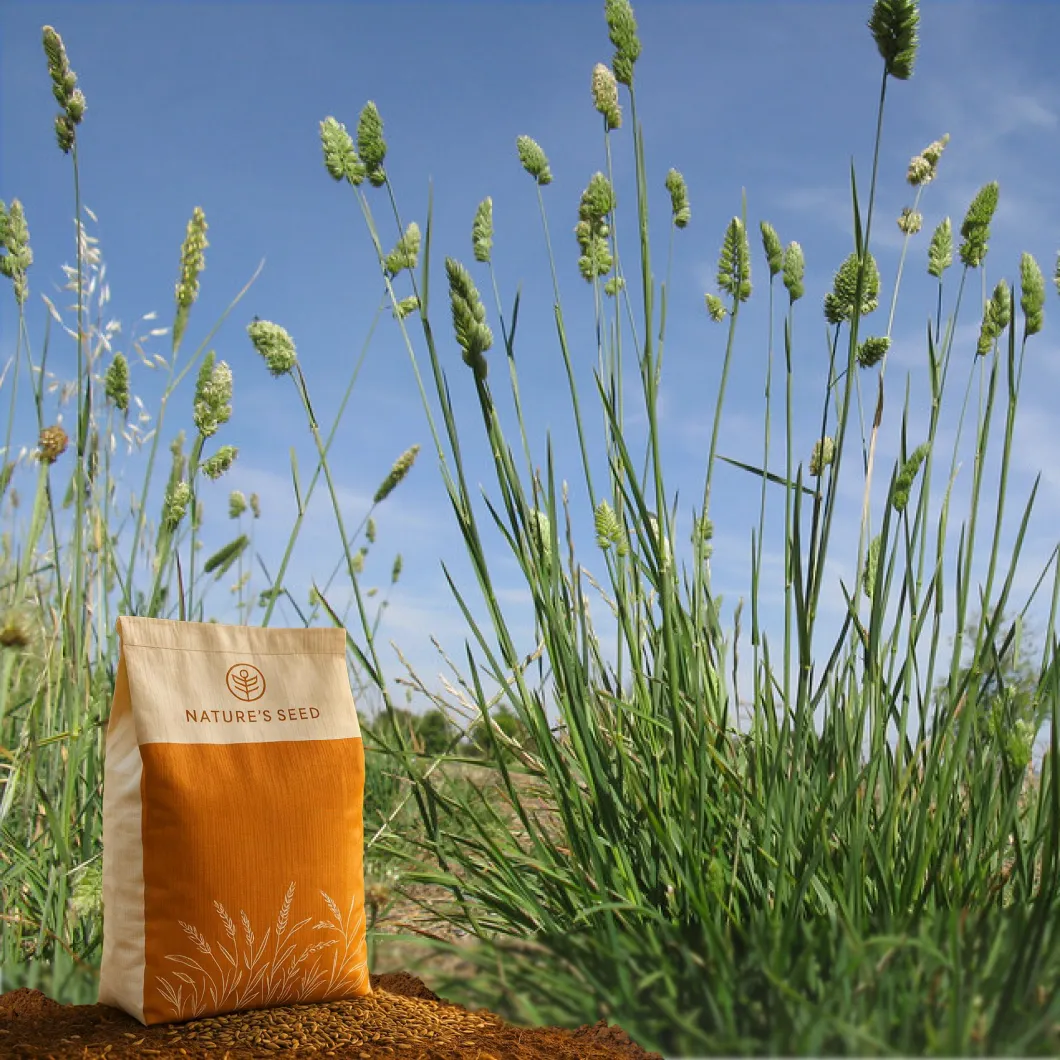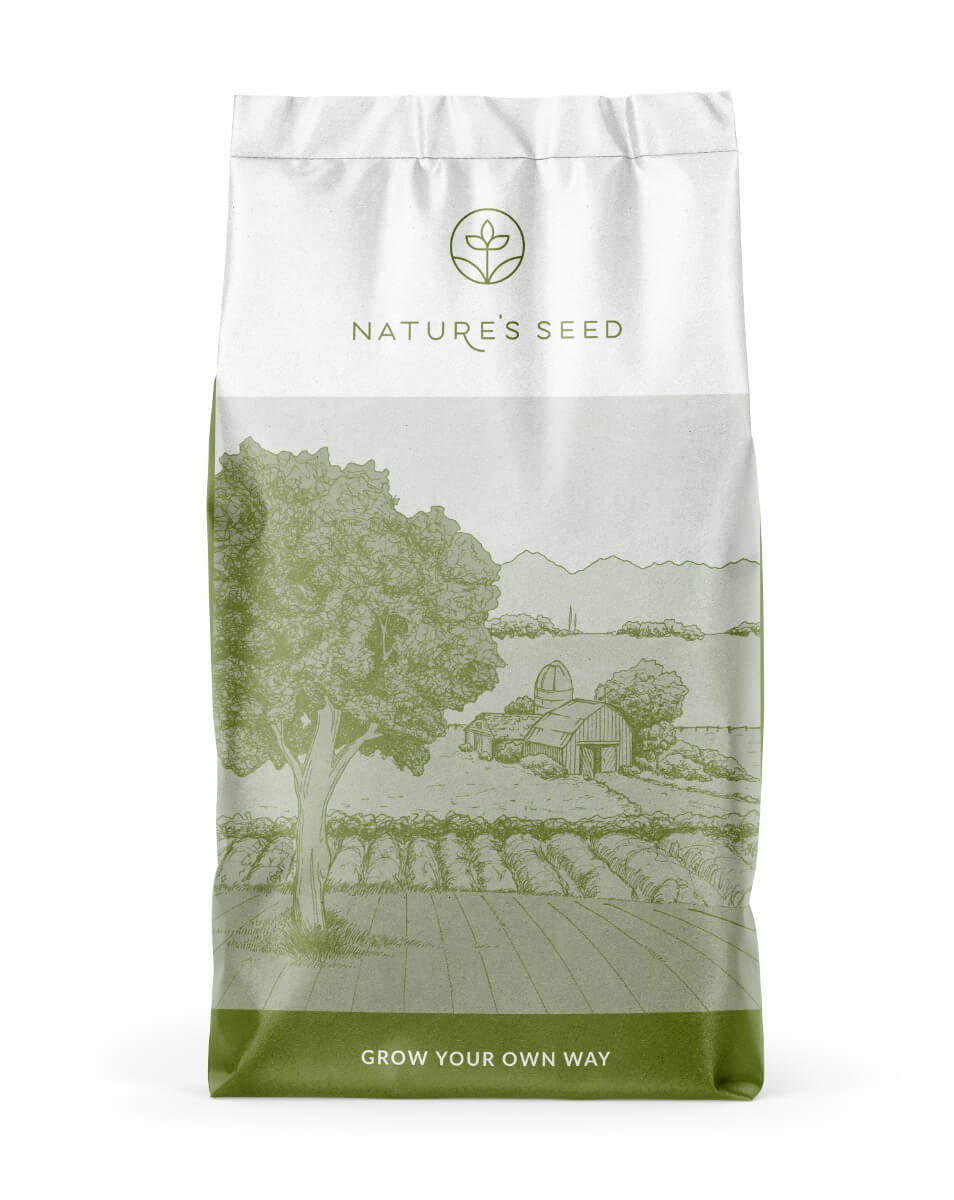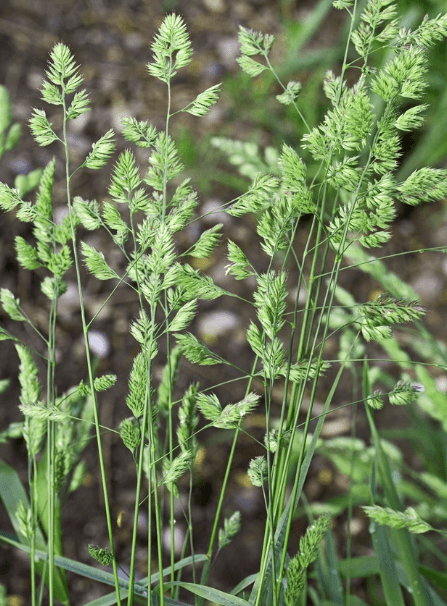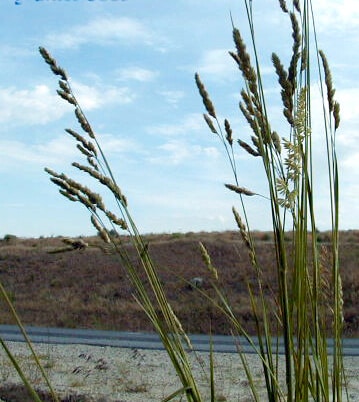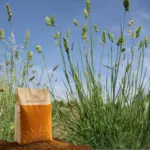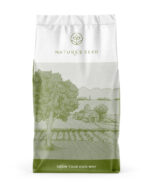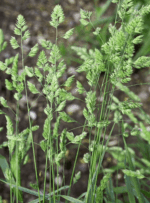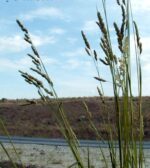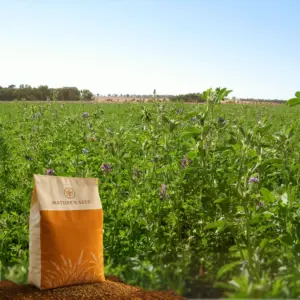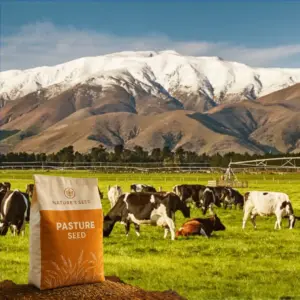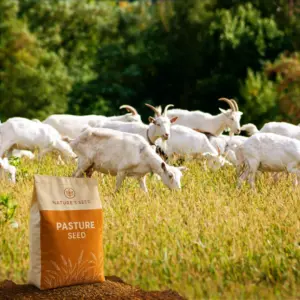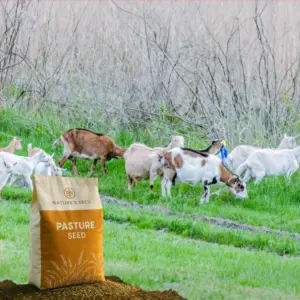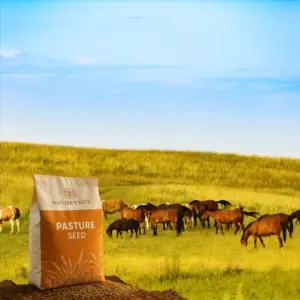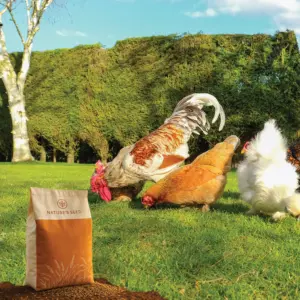Buy more and save!
Coverage Area
Price
$34.99
$34.99
100 in stock
Shipping
Nature’s Seed processes domestic orders from its Lehi, Utah warehouse within 3–5 business days (up to 5 days during peak season) . Standard UPS shipping takes an additional 2–7 business days, depending on destination . Orders over $150 qualify for free “Economy” shipping within the contiguous U.S. (you must select this option at checkout), while smaller orders incur a calculated shipping fee, typically $10 for standard economy delivery. Alaska and Hawaii are eligible for shipping, though free shipping does not apply there, and rural, remote, or expedited shipments may require extra fees or 1–2 extra delivery days . More information
Orchard Grass (Dactylis glomerata) – A resilient cool-season perennial grass for pastures, hay and erosion control. Thrives on as little as 16–18″ annual rainfall and tolerates partial shade, making it ideal for ranchers in USDA Zones ~4–8 (Midwest, Appalachians, Pacific Northwest, etc.). Highly palatable to cattle, sheep, goats and deer, it establishes quickly, forms dense roots for soil stabilization, and provides excellent grazing and cover habitat.
| Dimensions | 3 in |
|---|---|
| Sun/Shade | |
| Est Rate | |
| Height | |
| Seeding Rate | |
| Uses | , , , , |
| Color | , , |
| Water | |
| Native | |
| Life Form | |
| Lowest price | |
| Pounds | , , , , |
| Coverage Area | , , |
